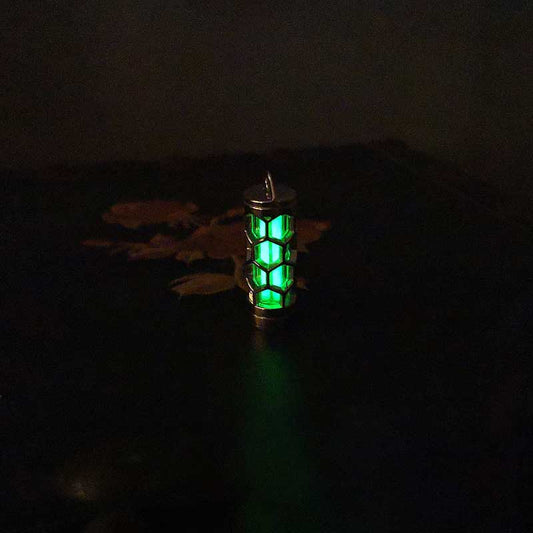Understanding the Diamond Stamp What It Really Means for Your Jewelry
Understanding the Diamond Stamp What It Really Means for Your Jewelry
Growing up in a household where my mother carefully curated her collection of jewelry, I often found myself fascinated not just by the sparkle of the pieces, but by the tiny engravings, the elusive inscriptions on the back of each ring or necklace. One symbol in particular piqued my curiosity: the diamond stamp. During a time when adolescence felt overwhelming, these marks opened up a world that was both mysterious and logical, promising hidden truths about value and authenticity.
At first glance, a little engraving might seem like a minor detail, but the significance of a diamond stamp on jewelry is profound. It acts as the hallmark of authenticity and quality, usually found on the inside of rings, near the clasp of a necklace, or on the back of an earring. In the world of precious metals and stones, this stamp is a silent guardian of trust for anyone investing in fine jewelry. It's like the clandestine handshake of premium adornments—only those in the know recognize it immediately.
Contrary to what some believe, the diamond stamp doesn't denote the presence of diamonds in the piece. Rather, it often signifies the brand or house responsible for crafting the piece, or it could be an indicator of the precious metal’s fineness. For example, a stamp of "14k" would tell you the piece is made from 14-karat gold, ensuring you are paying for the real deal. This is especially vital in today’s market, rife with cheap replicas and cunning counterfeits that mimic genuine luxury.
The cultural relevance of these stamps has grown alongside the increasing interest in sustainable and ethical jewelry, particularly in Western societies. Knowing what a stamp indicates can help buyers make informed choices, potentially guiding them toward brands that prioritize ethical sourcing. The conscientious shopper today finds comfort in these marks, which can provide a layer of transparency in an industry shrouded in mystique.
My mother's jewelry box wasn't just a vault of beauty; it was an encyclopedia of life lessons hidden in intricate details. As someone who has inherited her love for these adornments, I’ve learned that the true art of appreciation lies in understanding these subtle complexities. Each time I examine a piece for its stamping, it feels like deciphering an old friend's secret, one I've earned the trust to know.
In the end, the diamond stamp is more than a mark; it's a gateway into the piece’s history, its journey, and its authenticity. As you next handle a fine piece of jewelry, turn it over and look for those tiny engravings. For in them lies not just the impassive logic of verification but a whisper of the storyteller’s art—a signal of where beauty meets trust.































